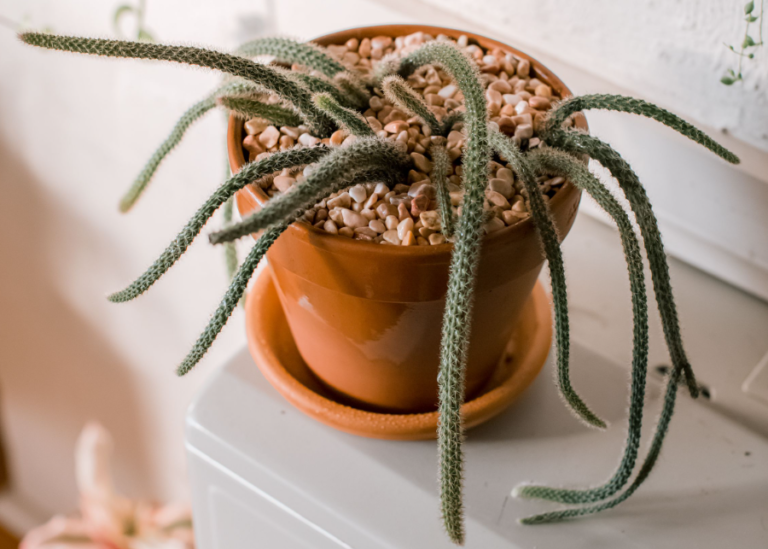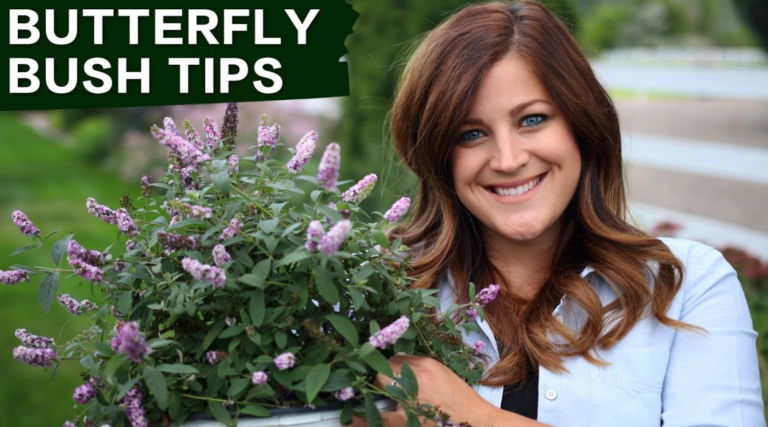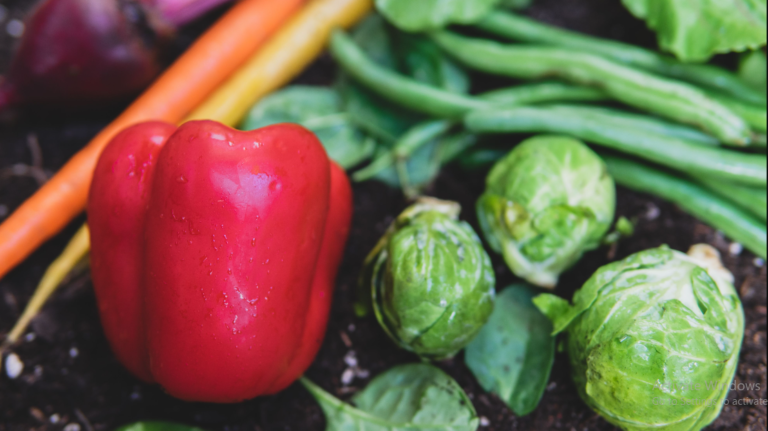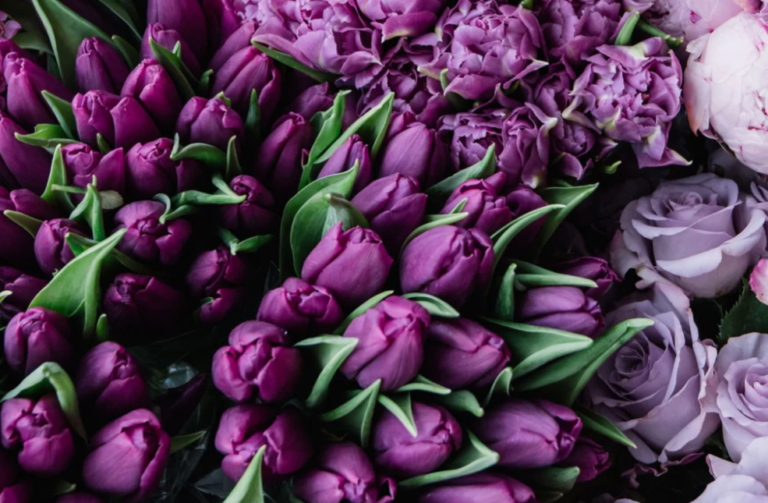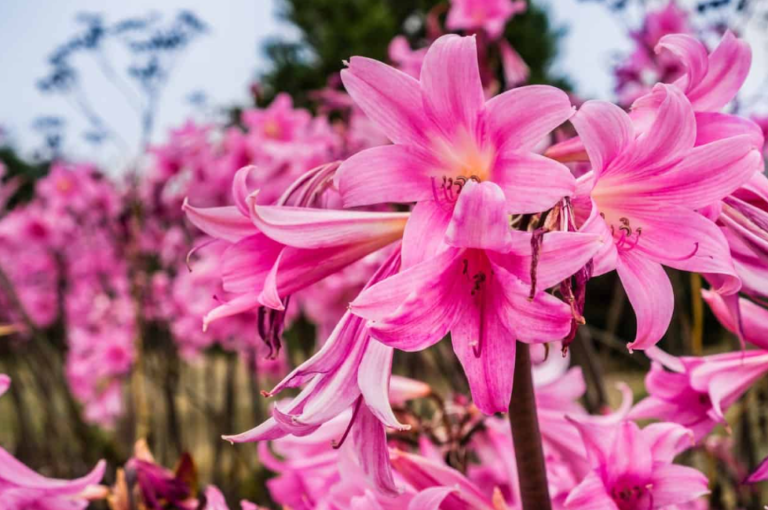How to Plant, Grow, and Care for Iris Flowers
German (bearded) irises (Iris x germanica, USDA zones 3-10) are hardy, prolific perennials that don’t require much care and maintenance. Once they’re planted in a sunny, well-drained spot, leave them alone and let them work their magic. Removing blooms in late spring and tending to the foliage at the end of the growing season will ensure that irises will happily present you with colorful blooms for many more years.
The best thing about planting irises is that only a few rhizomes can spawn many offspring to beautify your property well into the future.

Deadheading Irises
Unfortunately, the iris’ striking blooms only last a couple of weeks before they start to fade and dry out. Deadheading or removing the blooms from the irises will prevent the iris from going to seed.
Cut off the iris blooms with clean scissors when they fade. Cut the bloom and the stem clear to the ground, but don’t remove any of the foliage while it’s still green. The iris rhizomes need the energy from the foliage to grow throughout the winter and bloom the following spring. Avoid fertilizing irises as it’s not required for their growth and can promote root rot.
Cutting Back Iris Leaves
Remove the foliage when it dies down and turns yellow. Keep the planting area tidy, and remove any weeds and debris. Iris prefers dry conditions, so remember to water only during very hot, dry periods. Don’t add mulch to the iris bed as that will keep moisture at the roots and cause rot. Avoid putting iris clippings in the composter as they can promote infection.
Dig the entire iris clump out of the ground. As the iris rhizomes like to see sunlight, they should be just below the surface. It should be easy to gently pull apart rhizomes by hand. If they’re stubborn, use a clean, dull knife to separate the plants. Cut off brown spots, and dispose of the old, dead sections in the middle of the clumps. Clip the foliage to about six inches.
Transplanting Irises
Transplant irises in late spring to early fall when the soil is still warm and there’s no danger of frost. Don’t bury the rhizome, but gently push it into the dirt so it still sees some sunlight. The top of the rhizome should be just above the soil. To avoid overcrowding, plant rhizomes about 12 inches apart.
Ongoing Cleanup
Removing the spent flowers from iris stems encourages new flowers to form and keeps the plant from going to seed. Remove yellowed or browned leaves during the season and cut off the flower stems to the ground after flowers fade.
Final Seasonal Cleanup
After the first hard frost, clean up the entire iris plant. Pull or cut off all the leaves and make sure to clean up any debris from around the plant to minimize the chance that any bugs or diseases are in the leaves. Mulch the plants with a thick layer of organic compost, straw, or bark to protect them from the cold and prevent the clumps from heaving out of the ground if you live where the ground regularly freezes and thaws.
Fertilizer for All Iris
All types of iris benefit from fertilizing both in early spring before they bloom and once again after they finish blooming. Fertilizing is most important for reblooming iris varieties that have a second bloom later in the season after the first spring bloom. Use a balanced, all-purpose fertilizer and apply it according to the directions on the package. If you choose a granular or powder type, be sure to water the soil well after applying the fertilizer.
Warning
Avoid letting fertilizer touch the rhizome of an iris because it’s possible for the rhizomes to be burned by the chemicals in the fertilizer.
Divide the Plants
To remain vigorous and healthy, iris growing from rhizomes need to be divided every three to five years. Do this in the late summer or early fall before any heavy frost is predicted. Follow these guidelines for making divisions:
Cut back the leaves by one-third. Dig up the entire iris clump, being careful not to damage rhizomes. Place your spade of shovel outside the circumference of the clump and gently pry up the entire rootball. Wash off the roots with a strong spray from a hose. Examine rhizomes for rot, which you’ll see as soft, browned areas, and for damage from insects such as holes. Cut off any damaged areas of the rhizomes using a sharp knife or pruners. Cut segments of rhizomes to plant, leaving roots attached to each segment.
Tip
Sterilize your knife and pruners with rubbing alcohol or by dipping them into a solution of 1 part bleach between each cut if you suspect disease or insects are present. And always sterilize the pruners after each use.
Winter Protection
Bacterial soft rot is the most serious iris disease, causing the rhizomes to become mushy and have a disagreeable odor. Remove any yellowing leaves promptly to help prevent the spread of the disease. Iris leaf spot, caused by a fungus, is the most common disease. Remove all leaves and other debris in the fall because diseases and insects often overwinter on old foliage.
How To Care for Irises After They Bloom?
Irises are the Jewels of a Spring Garden Available in shades of deep blue, white, yellow, bronze, and red, the delicate, orchid-like blooms of Dutch irises are a favorite with flower arrangers. Dwarf irises are perfect for brightening rockeries and pots early in the season. Irises are fairly low-maintenance plants; if you follow our advice for proper iris care, they will bloom beautifully, spring after spring.

Iris Care: Planting
Plant the small, teardrop-shaped bulbs of Dutch irises early in the fall. They should be planted in groups about 4″ deep with the pointed end of the bulb facing upwards. Iris bulbs need a well-drained spot in full sun or partial shade; avoid planting them where the ground gets waterlogged as they may rot. Plant them about 3″ apart to ensure the best blooms. Dwarf irises should be planted 2″ deep and 3″ apart.
How To Care for Irises After They Bloom?
In ideal conditions, irises will perennialize, blooming season after season. However, many gardeners treat them as annuals, planting fresh bulbs each fall. Irises bloom in mid to late spring and the stem and leaves will remain throughout the summer. They will die back in the fall, returning the nutrients they contain to the bulb where next year’s bloom is already forming. When they have shriveled up, you can just pull the stem away from the iris bulb.
Iris Care: Deadheading
After your irises have bloomed, remove the dead blossoms. This prevents the plants from using up their energy in ripening the seed heads. If your irises stop producing blooms, they may have become overcrowded. Dig up the bulbs in early fall and separate them before replanting. All irises appreciate an occasional feed with a high potash fertilizer.
Now all you have to do is to decide which varieties to plant. Would you prefer an elegant group in a single color or a mix of shimmering shades? For more inspiration, have a look at our iris collection to find the tried and tested favorites, plus some gorgeous new introductions.

